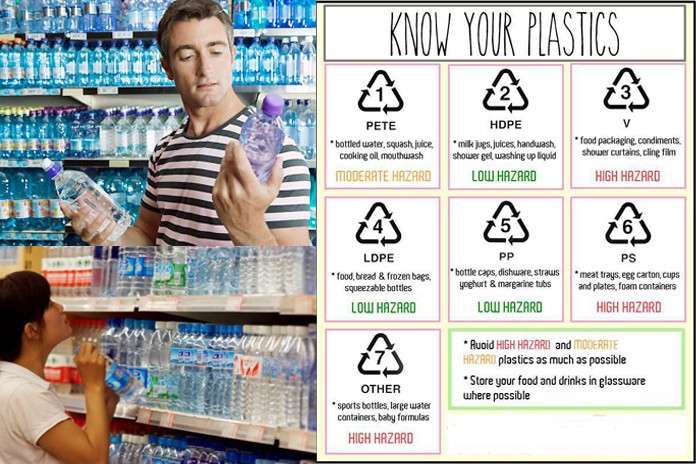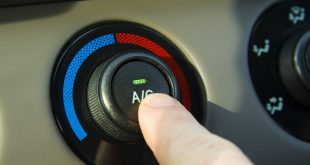
With the wide spread of water-borne diseases, every one of us avoids drinking unfiltered water. The packaged and bottled water is considered as the safest one to drink. But are you aware that the level to which the bottled water is safe to drink actually depends on the bottle used to store it.
Here is some shocking fact you should know before buying a bottled water.
The plastic material is widely used to store the water. Every plastic water bottles have some label at the bottom such as PP, HDP or HDPE and many more. Some of this letter represent that the plastic bottle does not release toxic material in the water whereas some provide that the water you’re drinking right now has some chemicals in it.
Let’s look in details the meaning of these letters and differentiate it to know the safest drinking bottled water for us.
-
HDP or HDPE
The plastic with the label HDP or HDPE is considered as the safest one and does not release any chemical in the water. So, if you are drinking water from a bottle with these labels then be sure the you got the healthiest water available in the market.
Another advantage of this bottle is that it can be recycled quickly. It is also used to make oil and detergent bottles, toys, milk jugs as well as some of the plastic bags. It is a cost-effective, simple, safe and recyclable plastic which you can choose to use.
-
PET or PETE
When you buy a bottle with PET or PETE label, ensure that you use it once only. The plastic is single-use and these bottles can release chemicals and heavy metals which can affect the hormonal balance of our body. Thus, single-use of this bottle is recommended.
PET is commonly used plastics for many consumer products and used for pop bottles as well as product packaging. The repetitive use of these bottle leads the risk of bacterial growth and leaching as well.

-
LDPE
The plastic labelled with LDPE does not release chemicals in the water, but generally not used for bottle production. It is widely used for plastic bags production
LDPE is used in the production of some of the squeezable bottles which are safe to use. Mostly the plastic is use in shrink wraps, package plastic bags and dry cleaner garment bags.
-
PVC or 3V
The PVC or 3V type of plastic releases two toxic chemicals which have direct impact hormones in our body.
It is not safe to use to store water whereas it is mostly used for plastic pipes, computer cables sheathing materials, cooking oil bottles and toys. As it is impervious to sunlight it is also used to make arbors, garden hoses, window frames and raised trellises.
- PP
The plastic with PP label is used to produce the disposable plastic items. This includes diapers, tops of a plastic bottle, yoghurt or syrups containers, ropes, packing tapes, straws as well as potato chip bags.
It acts as a barrier against grease, chemical and moisture. It is lightweight and consist of heat-resistance properties thus widely used to store food and liquids for a short period of time.
-
PC or non-labeled plastic
Be aware! These are the most dangerous plastic which releases BPA chemicals in the stored food and water. Many of the sport water bottles are made up of this plastic.
The recycling and reuse protocols for this plastic is not standardized as it is designed as catch-all for polycarbonate (PC). There is a potential chance of chemical leaching in drink or food products which are packaged in PC containers.
- PS
The plastic with label PS is observed to release some carcinogenic substances. It is avoided to produce the water bottles but commonly used to produce fast food casing and coffee cups.
The product of many disposable products like clamshell, food containers, picnic cutlery, shipping boxes uses PS plastic.
So, now onwards take a vow that you will check the bottom of the bottle before buying the water bottle.
Just prefer to carry water with you in a stainless steel container and drink it in a glass rather than going for a plastic container.
Source: LetsGoHealthy
 We are sharing information for knowledge. Presented by. SocialDiary.Net
We are sharing information for knowledge. Presented by. SocialDiary.Net



